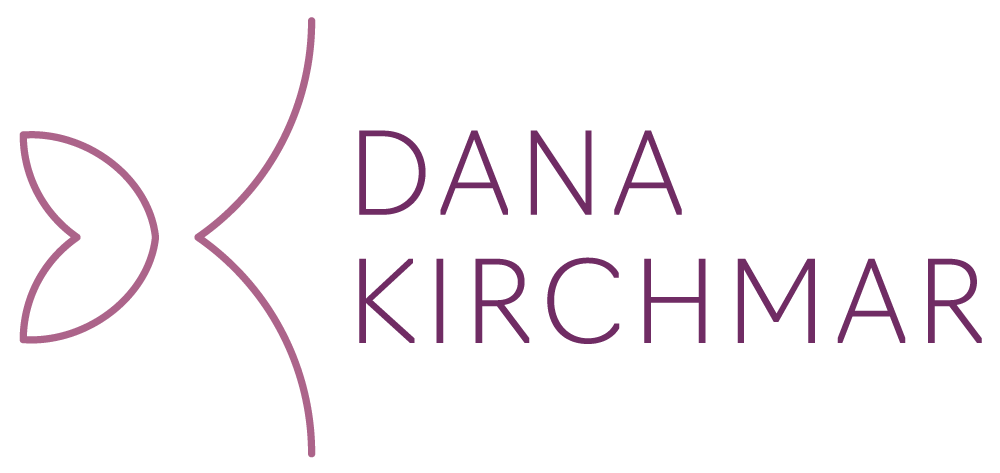
Virtual Reality Historian - Bringing the Past toYour Living Room
What's the Gig?
Ever thought you'd be walking through the halls of Versailles without actually leaving your couch? Welcome to the era of the Virtual Reality Historian. This role fuses history, technology, and storytelling to create immersive experiences that can transport you back in time. Think of it as a time machine, but without any of the nasty paradoxes. Perfect for those who have a knack for both facts and fantasy.
What's on Your Desk?
Your workspace is like a mini-museum meets tech hub. You've got VR headsets, 3D scanners, maybe a few historical artifacts for inspiration, and your trusty computer loaded with game development software.
Skills and Schooling
Bachelor's Degree: History, Art History, or related fields are typical, but Computer Science could be an angle too.
Specialization: Courses or certifications in VR development.
Tech Skills: Knowledge of 3D modeling and game engines like Unity or Unreal Engine.
Research: You're basically a historian who knows how to code.
Narrative Skills: Storytelling is a big part of the package.
Interdisciplinary Approach: You're meshing tech with the humanities. Own it.
Who Will You High-Five?
You'll be collaborating with a virtual guild of experts. We're talking about historians, 3D artists, UX/UI designers, software engineers, and maybe even a few museum curators or archaeologists.
Where You Could Hang Your Hat
Oculus/Facebook Reality Labs: Pushing the boundaries of VR.
Google Arts & Culture: Where tech meets art and history.
Ubisoft: Gaming meets education.
Local Museums: Even smaller venues are getting into the VR game.
National Geographic: They're not just about magazines and documentaries anymore.
Historical VR Studios: Boutique firms specializing in recreating the past.
BBC Interactive: When public broadcasting goes high tech.
HistoryView VR: Focused on educational virtual reality experiences.
Why You Might Just Love This
Innovation: You're literally making history more accessible than ever.
Impact: Educating people in a whole new way. Like, the coolest field trip ever.
Versatility: One day you're recreating a medieval castle, the next, a WWII battlefield. Get ready for a wild ride through time.
A Day in the Life of a Virtual Reality Historian
Morning: Coffee and Code
9:00 AM: Grab a cup of your favorite vintage (coffee, not wine, although that's tempting) and review your current project's timeline.
9:30 AM: Collaborate with your research team to finalize the details of the era you're working on. Authenticity is key!
Midday: Pixels and Periods
11:00 AM: Put on your VR headset and walk through the scene you've been developing. Feel like a Roman senator yet?
12:30 PM: Team meeting to discuss user experience. Can users easily navigate through the 18th-century French court?
Afternoon: The Past Meets the Present
2:00 PM: Check in with your 3D artists. How are those colonial costumes coming along?
3:30 PM: A chat with museum curators for some expert insights and collaboration.
Evening: Wrapping Up Time Travel
5:00 PM: Some last-minute coding and adjustments.
6:00 PM: Quick review of the day's work and setting goals for tomorrow.
7:00 PM: Wind down. Maybe read up on the next historical period you want to tackle. The past isn't going anywhere, but with your help, it's coming to the future.
So, there you have it. A Virtual Reality Historian isn't just a title; it's a journey through time and technology. If you're the kind of person who loves old stories and new tech, then this, my friend, could be your dream job. 🏛️🎮
